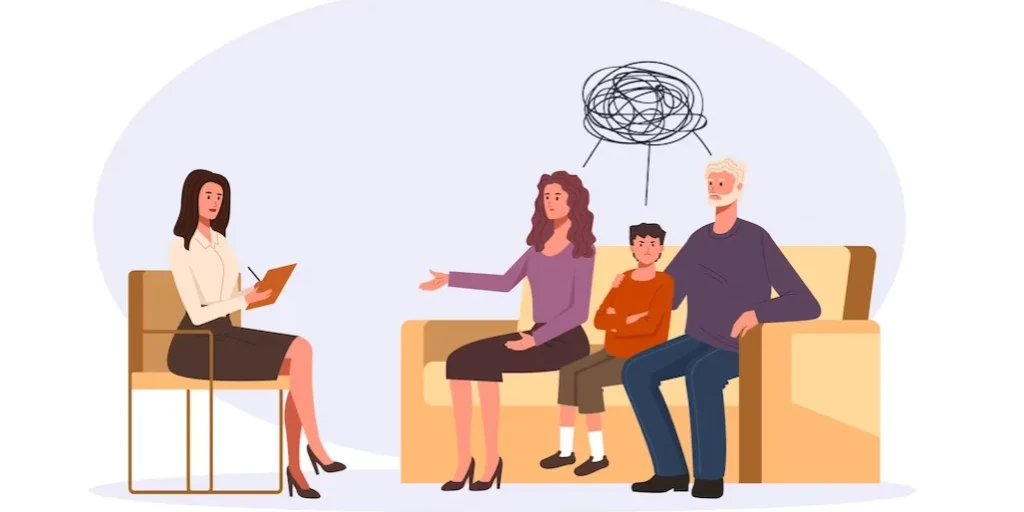24/7 Helpline:
(866) 899-221924/7 Helpline:
(866) 899-2219
Learn more about Eating Disorder Treatment centers in Fairlee
Eating Disorder Treatment in Other Cities

Other Insurance Options

BlueCross

Magellan Health

CareSource

Humana

Coventry Health Care

Sliding scale payment assistance

Meritain

Ceridian

Choice Care Network

Kaiser Permanente

Holman Group

CareFirst

Self-pay options

Evernorth

State Farm

Private insurance

Magellan

Group Health Incorporated

ComPsych

UMR









